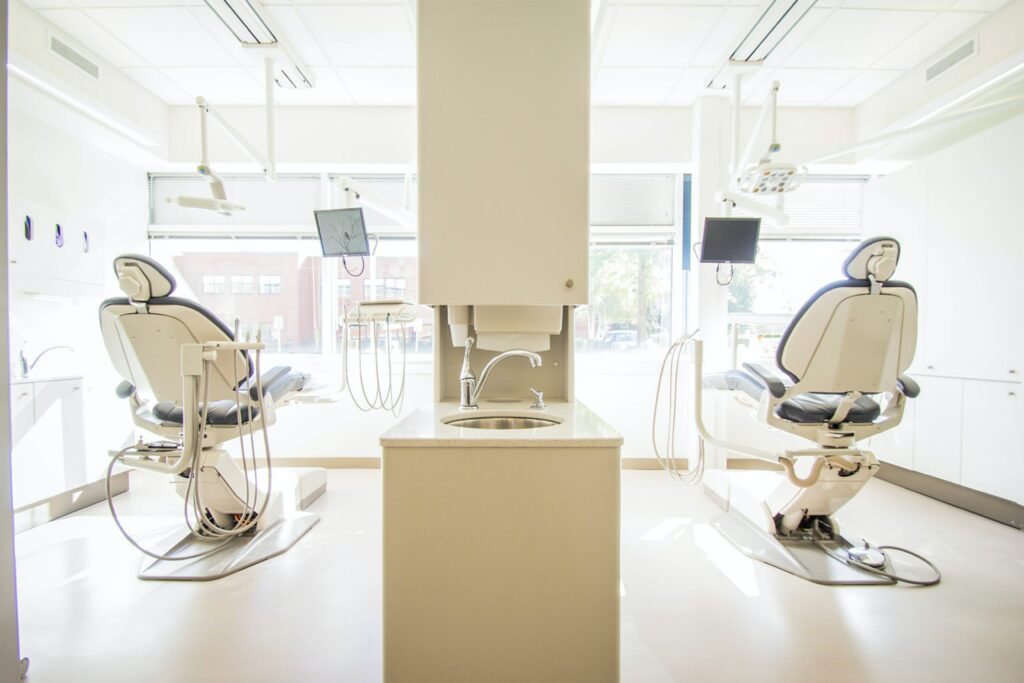When designing for medicine, the designer must be aware of various aspects of this field. He must analyze how the processes run in a particular medical institution and the first thing he must pay attention to is the medical aspects of the problem he is trying to solve.
In a short time, the designer or design team must delve into the medical aspects of the prescribing problem and use three sources of information:
- Visual medical information
- Written medical information
- Scientific medical information.
Visual medical information must be collected during the procedure the designer is investigating, such information can indirectly stimulate motivation and inspiration for superior product design. Written medical information is found mainly in brochures, through which the patient is informed about the treatment. The Internet is also an important source of information.
Scientific medical information gives state of the art research in the form of congressional reports. The designer must understand that the researcher has hidden desires that need to be found. It should be part of an open discussion with all interested parties. The designer or design team must extract all medical information to find out the requirements and wishes of all medical parties involved in the treatment and then come to the design of the product.
Optimization should always be a topic of discussion to come up with the best product design. In a fuzzy interface, designs with medical information require special attention to communication between the designer and the specialist, otherwise, opportunities for optimized product design may be missed. Knowledge must be brought directly to the level of understanding and exchange of medical and technical information. Shared information must be known to all parties involved for the success of the project. Projects with medical science as their starting point require a new approach to design development.
